This post is written by Dina Belenko, a 500px Ambassador who specializes in still life photography.
People always ask me where I find ideas for my work, and I usually respond by recommending that they read a wonderful essay by Neil Gaiman titled Where do you get your ideas from?, because each and every word is on point.
But there are also a few methods designed specifically for photographers, which I naturally use myself, that I also like to share. These methods are best suited for food shots, applied photography, and still life, but in reality, anyone who prefers to take shots in a controlled environment and plan the shot beforehand can find them useful.
Here are five simple methods for coming up with new photography ideas.
1. The solo object
Your task is to take any object—an apple, a pencil, a cup, salt shaker, some scissors, etc.—and come up with 15 different ways to shoot it.
You can reshape the object, change the angle and light, or add one or two other objects if you need to create some contrast (but not more than two).
For example, let’s take an apple. Try to create at least 15 sketches with it as a main focus. This could be:
-A green apple on a Pantone palette card
-A red apple with a shadow of a witch, like the one in Snow White
-A pattern made from a cut apple
-An apple covered in gold (hey, Midas touch)
-An apple core in a globe frame
Don’t stop until you have 15 ideas that you can implement. Then choose one, finish your sketch and take a shot.
This is the simplest, and yet the hardest, method of them all.
2. My dog ate the palette
In this method, the main limitation is color.
Pick one color and think about its significance for you personally. Does red represent love or violence? Does green represent sickness or growth? Is yellow associated with lies and scandals or with the sun? How can you express these ideas in the form of a still life? Which objects are known for being that color? Which items are associated with it?
Let’s take pink, for example. For me, pink signifies love and tenderness. That is why I use pink peonies and central elements in my shots portraying sentimental stories and love letters.
The most important things here are making sure that your palette is based on a certain color, and you have a story to explain the presence of that particular color in your shot.
3. Seasonal still life with a twist
This is a great way to take a traditional seasonal shot for Instagram and be original at the same time.
Let’s start with the basics—make a list of things that are associated with the season you are shooting. What can we find in a typical winter shot? Hot chocolate, fir trees, and gingerbread. What is typical for autumn shots? Mulled wine, autumn leaves, and pumpkins. The list you create will be the basis for choosing your necessary props.
Your next step is to find the defining trait of the season and visualize it. For example, winter is cold. Great, but how do we show this coldness? We can put items in a freezer, then bring them to a warm room and wait for the frost to form on the surface. We can also freeze a cup with marshmallows in a block of ice. Or, we can spruce the set up with fake snow.
Now, let’s take autumn as an example. It often rains in autumn, so how do we visualize it? We take a still life shot under the rain! How do we show summer heat? We shoot melting ice cream. And how can we show the first sprouts of spring? It’s all up to you.
4. Changing the scenery
Every item has its usual context—cups belong in the kitchen, submarines are found in the ocean, and a sledgehammer is usually kept in the forge. We do not really pay attention to these items, because they are a part of their context. Our task, for this method, is to take them out of it, place them against an unusual background and justify this change.
We can, of course, simply bring a chair to a forest. Yes, we have changed the scenery. Yes, it looks unusual. But it’s just a chair in a forest. However, if you bring a chair, hang some banners around it, make a scepter out of a random branch, and a crown of pinecones, now you have the throne of the forest king. You could even take it a step further, and make it a king from a children’s game. For that, you may have some of them drop their toys around.
If you take a toy chair and put it under a mushroom, you create a cozy reading corner for a fairy. A chair shot in a water tank with seaweed and bubbles now belongs to a sunken civilization.
Take the item you personally prefer. Create a broader context for it, a scenery or background, like a kitchen, a forest, a theater, a sea, maybe a desert, ancient Greece, or a library. Come up with at least 10 different developments for your story. Pick one and shoot it.
5. Pay tribute
This method always comes in handy. Think about the works of your favorite painter or movie director. Pay attention to their pictures, and think about what makes them unique and recognizable. Is it color? Is it light? Composition, maybe? Create an imitation shot.
It is important to pick a painter or a movie director (or animator, sculptor, illustrator, etc.), but not a photographer for this method.
For example, I personally admire Russian followers of Suprematism, and I have many pictures with simple and bright forms, like orange slices, paper circles, intense backgrounds, and objects with simple shapes.
You can try to shoot a sandwich in a style of Kill Bill, or take a shot of spaghetti inspired by Wes Anderson. After all, it’s always nice to have a chance to talk about your favorite artist!
Try each of these methods and pick the one you like the most. Have fun with your experiments!
Not on 500px yet? Click here to learn about Licensing with 500px.

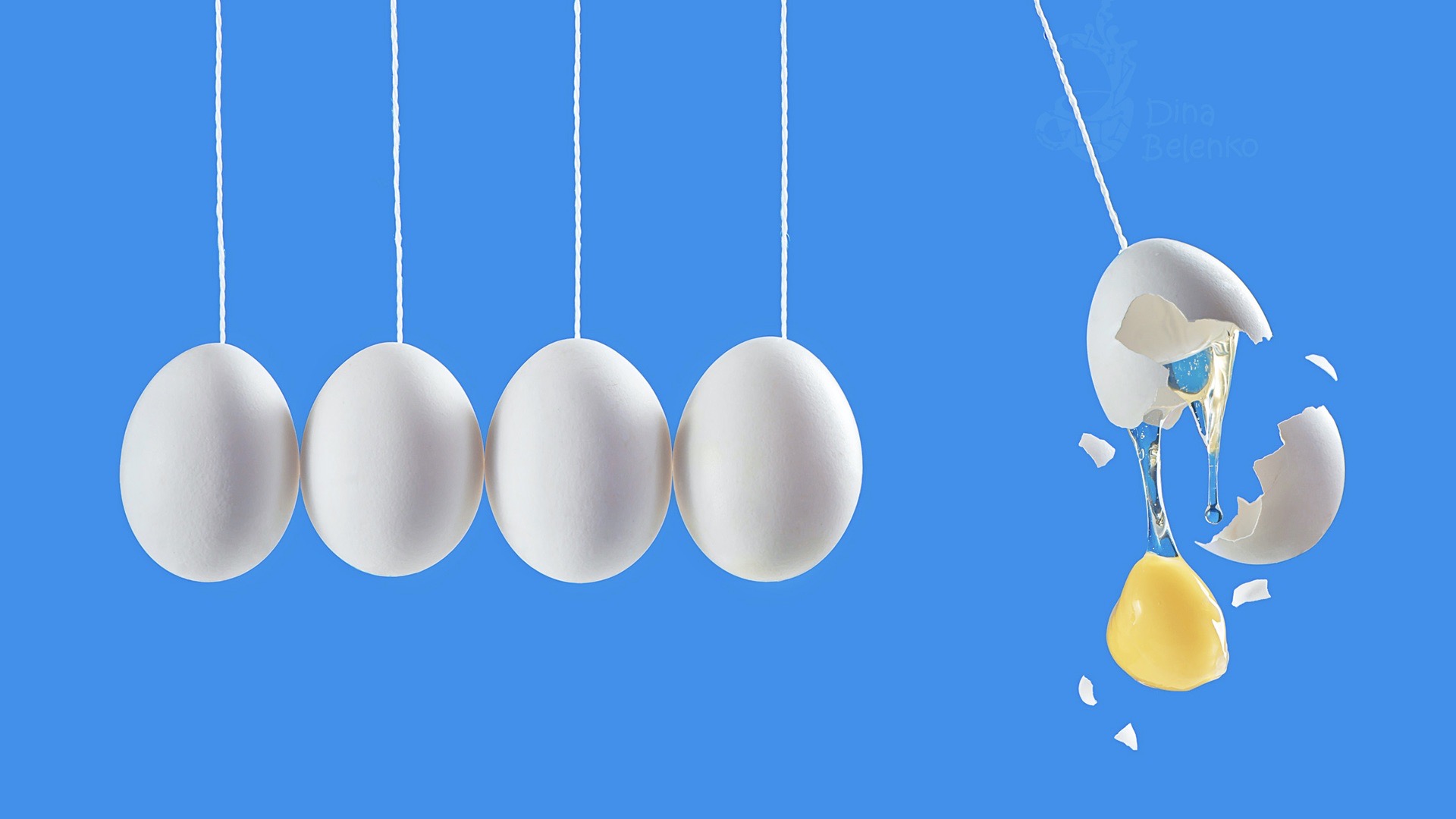
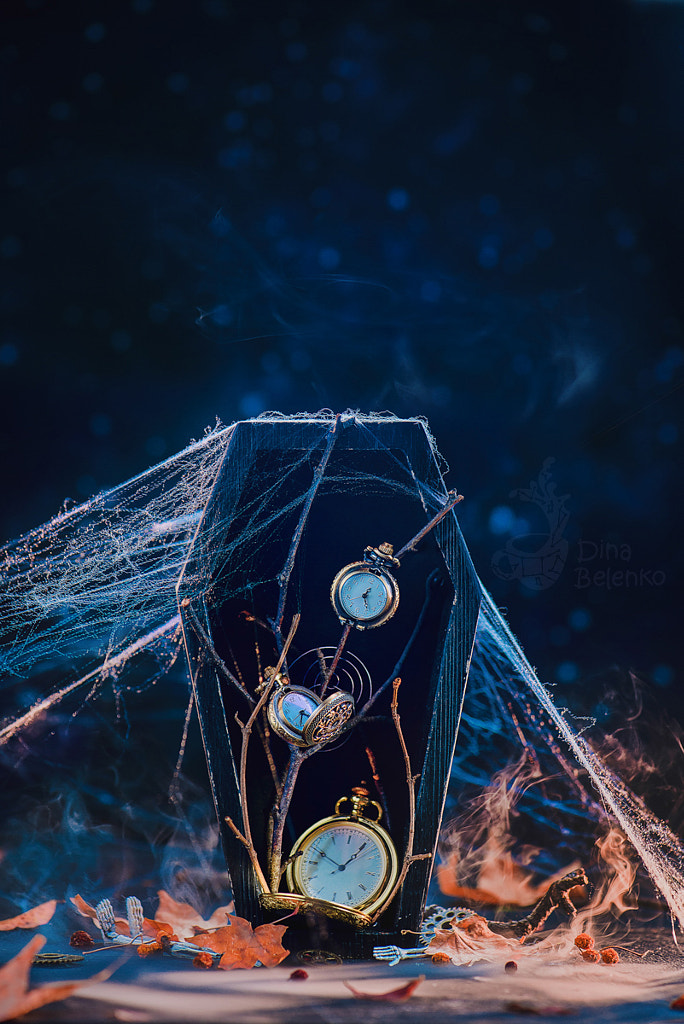
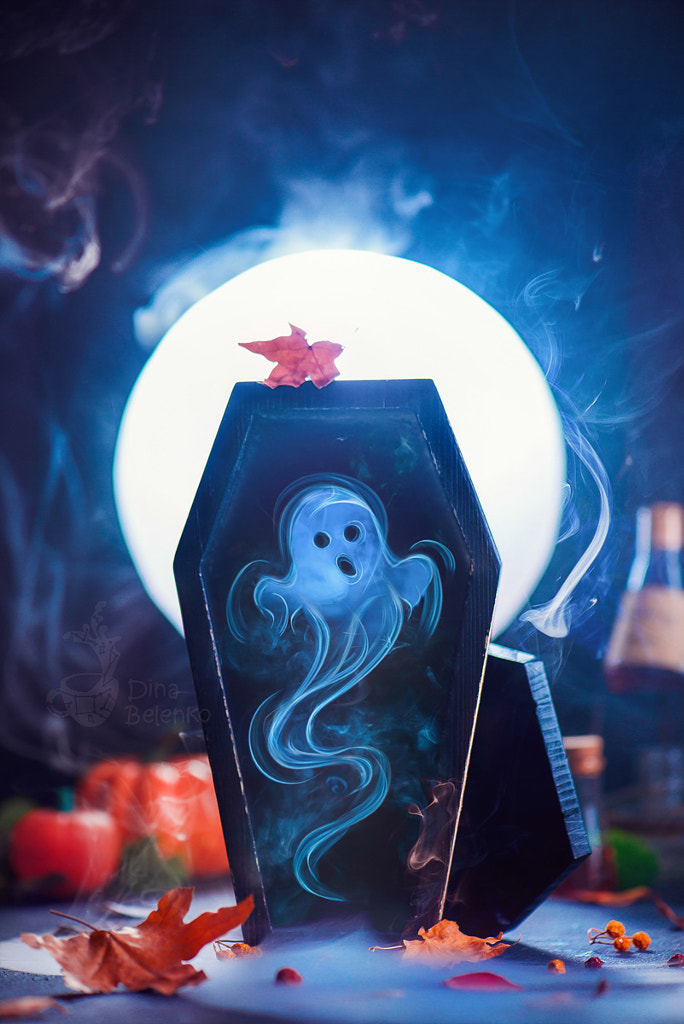
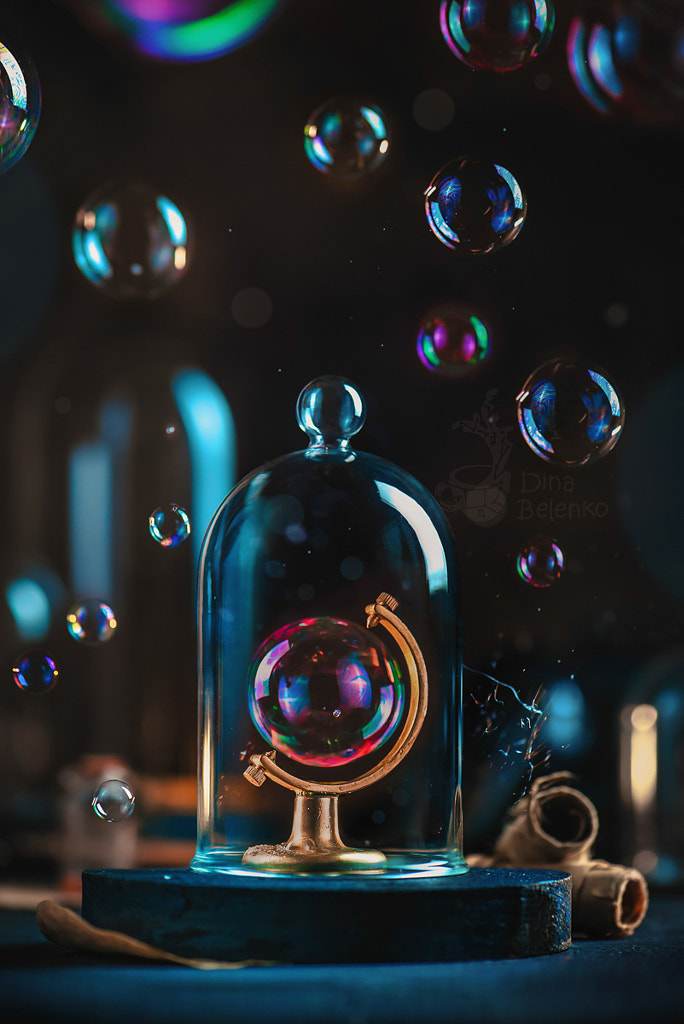

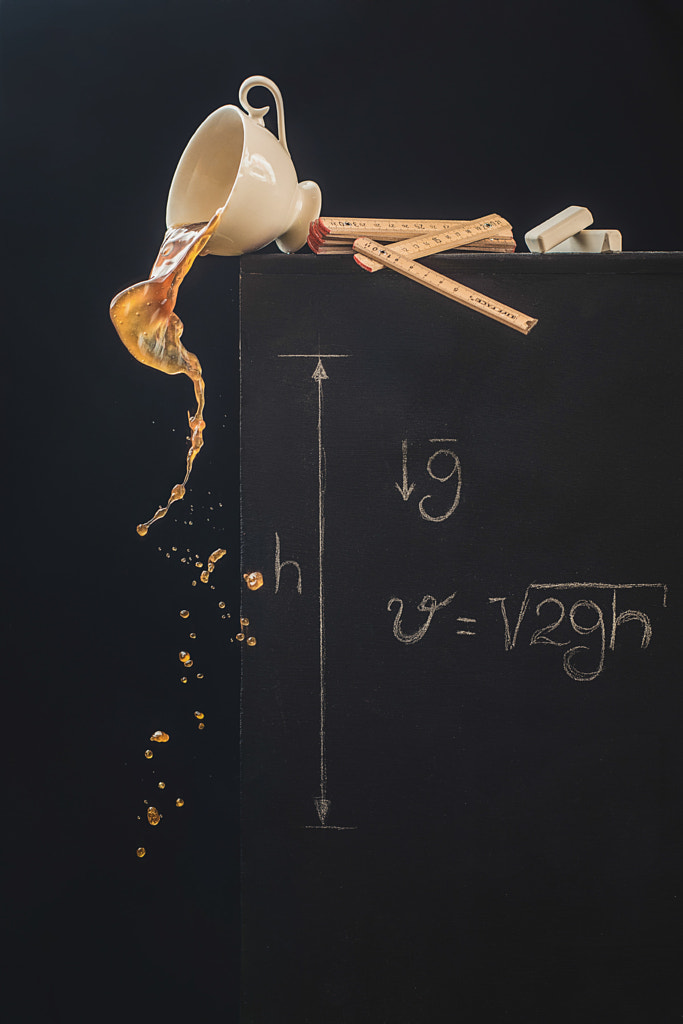

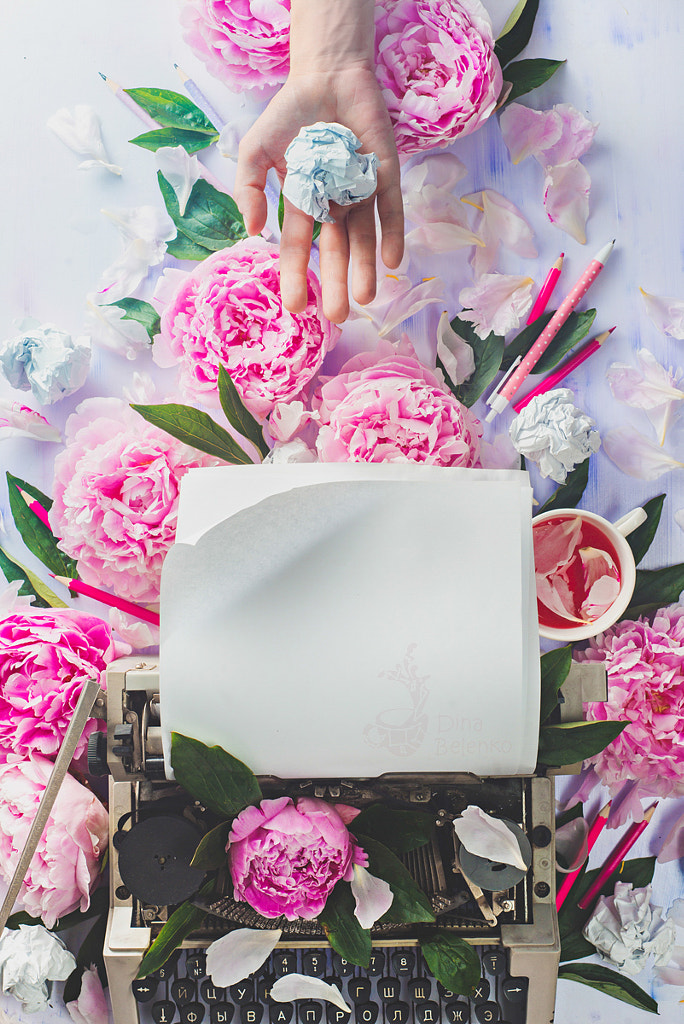
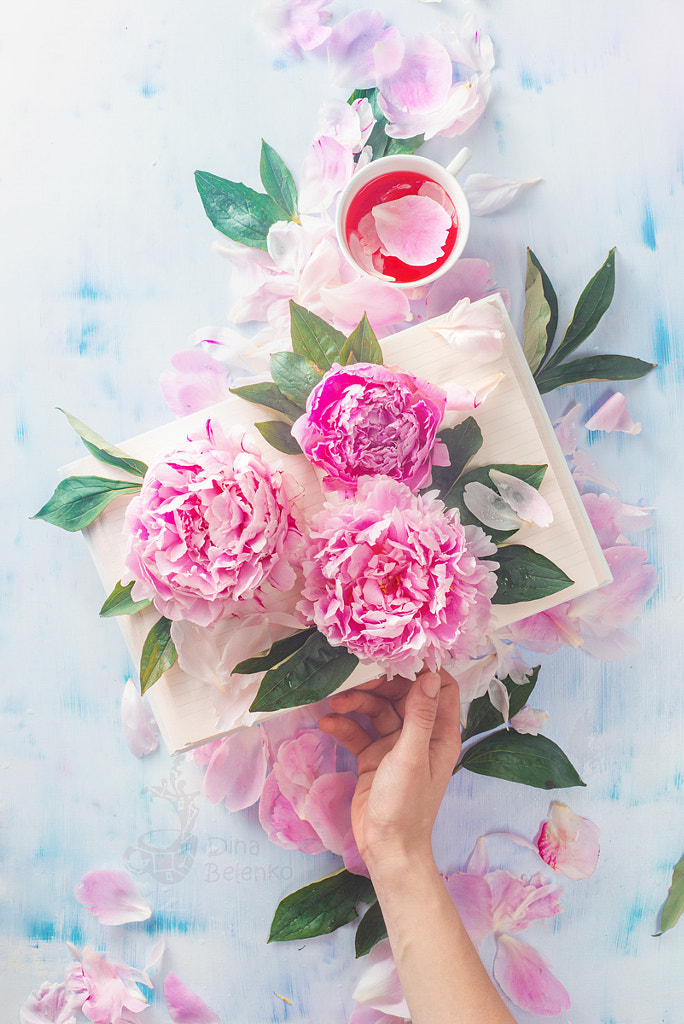
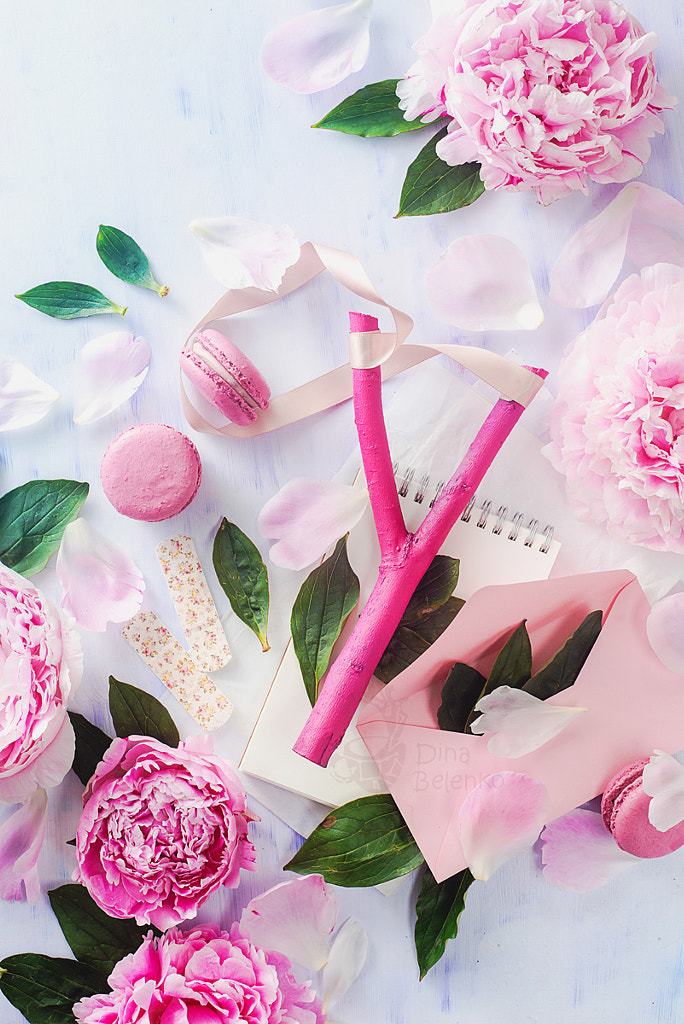
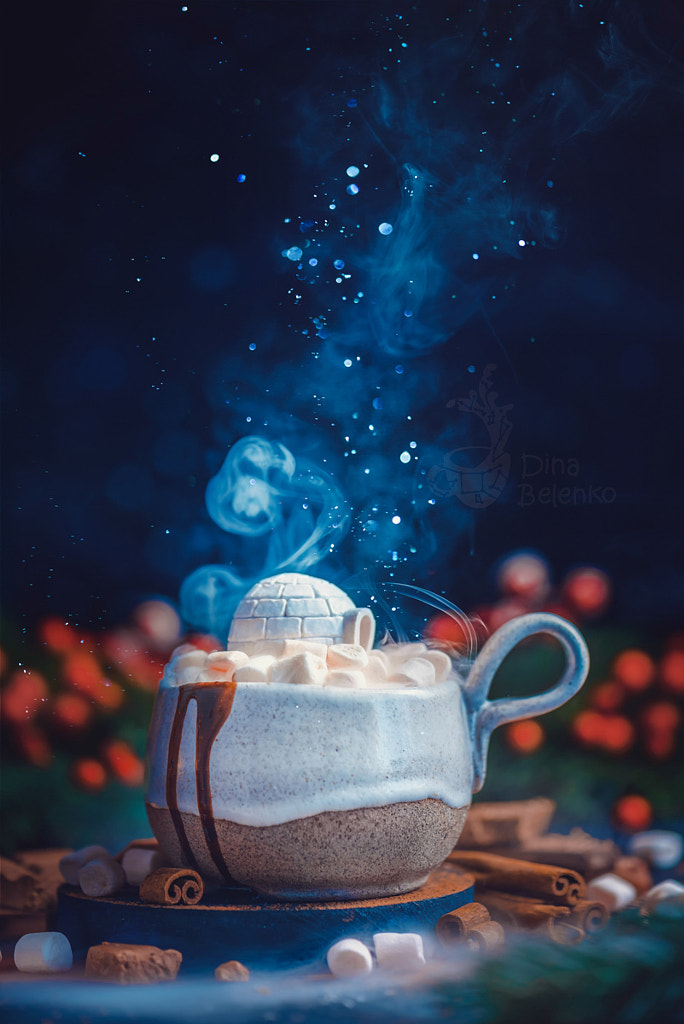

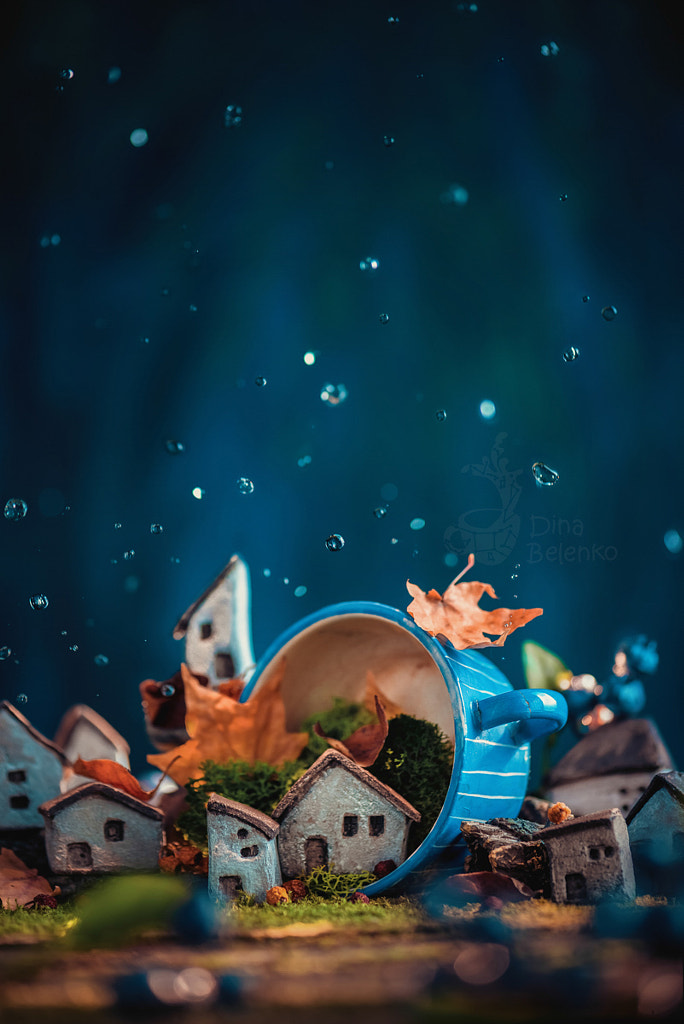
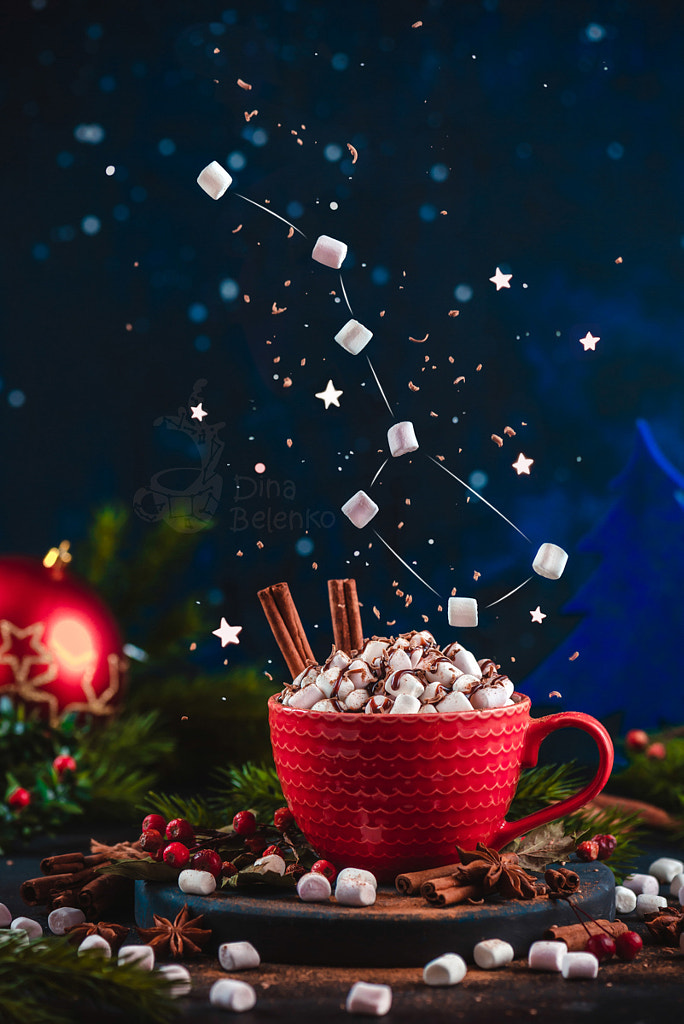


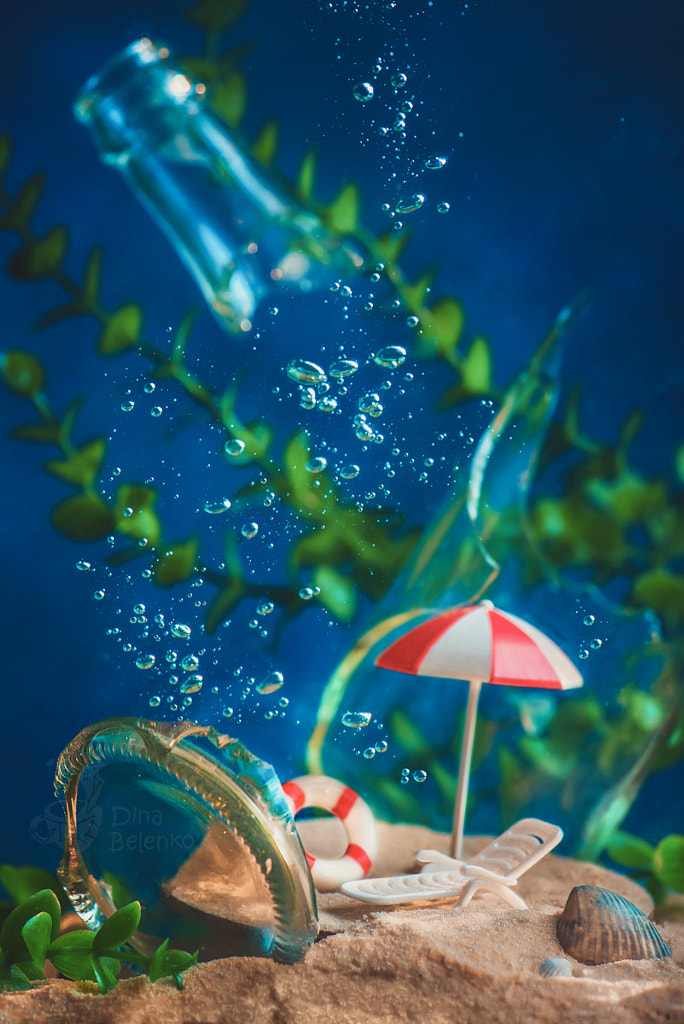
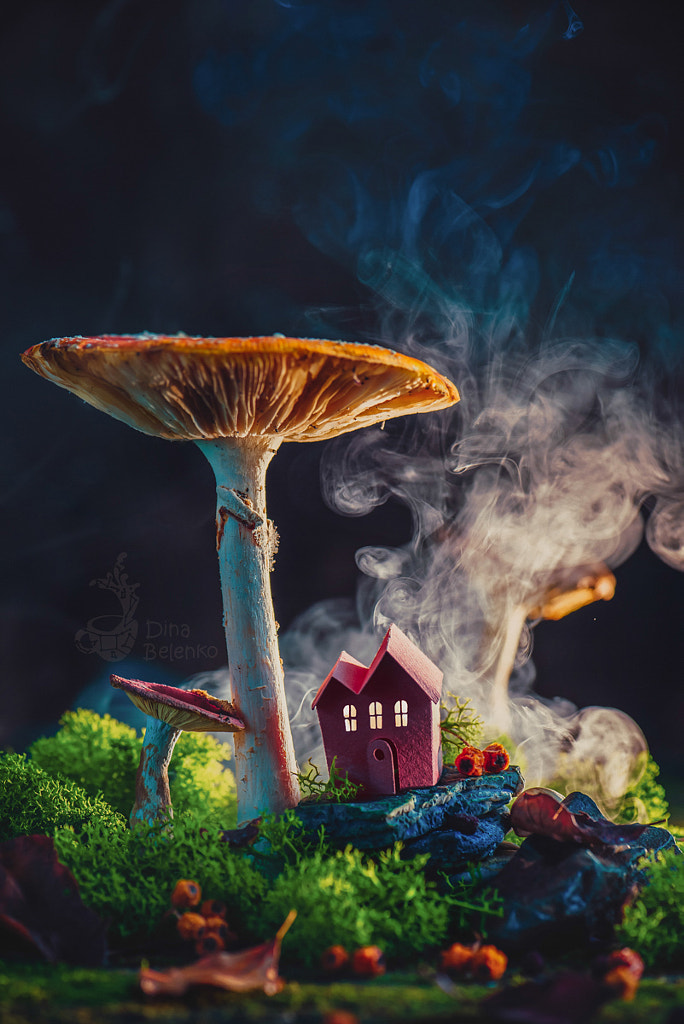
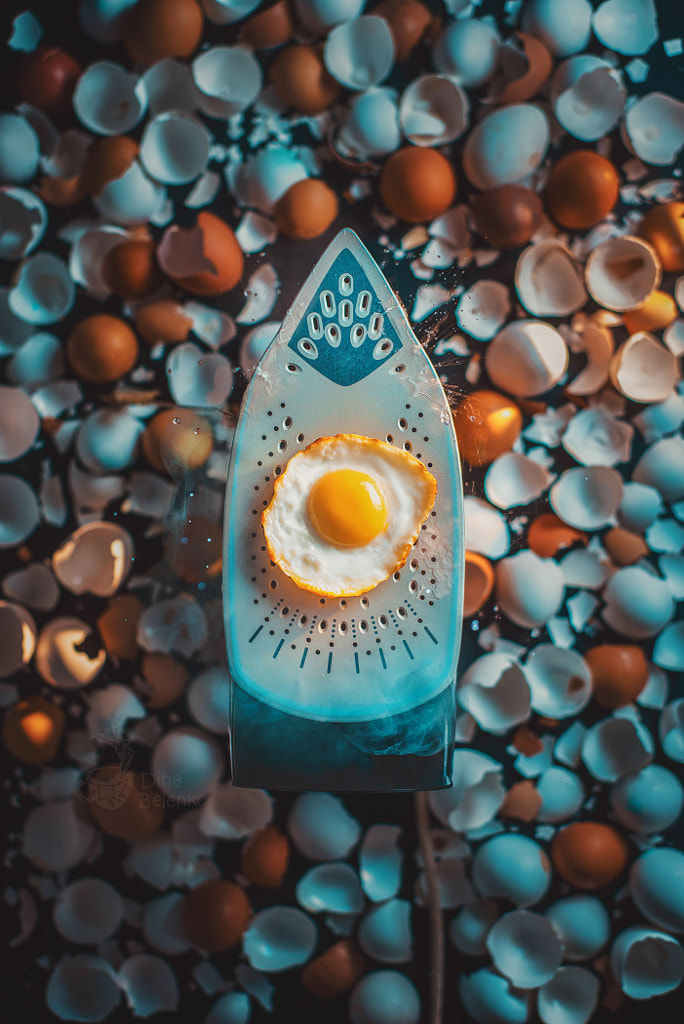
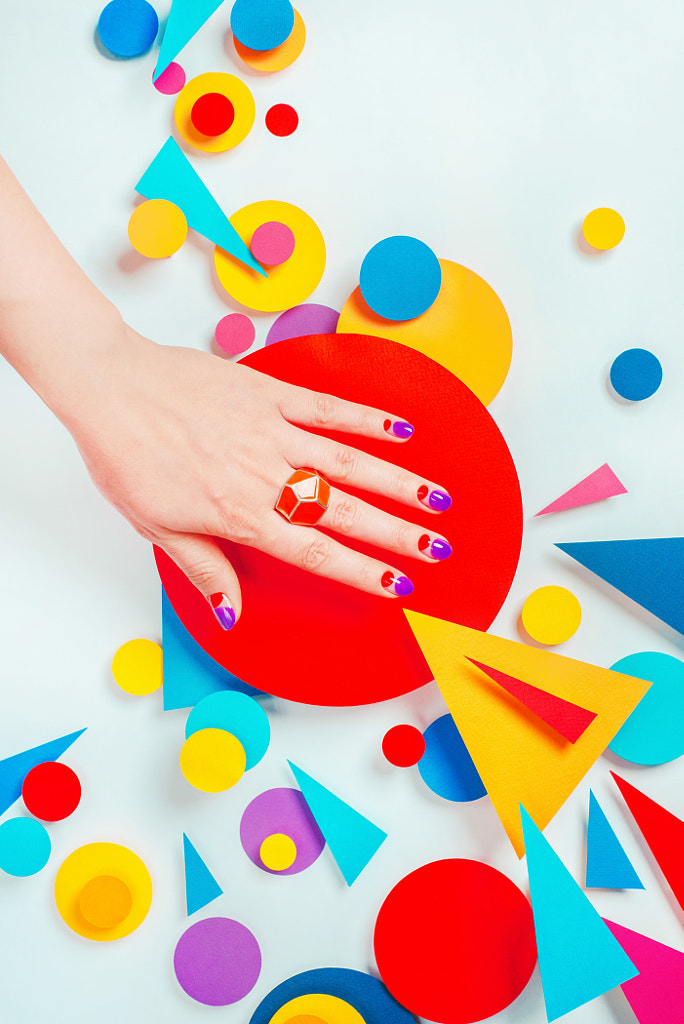
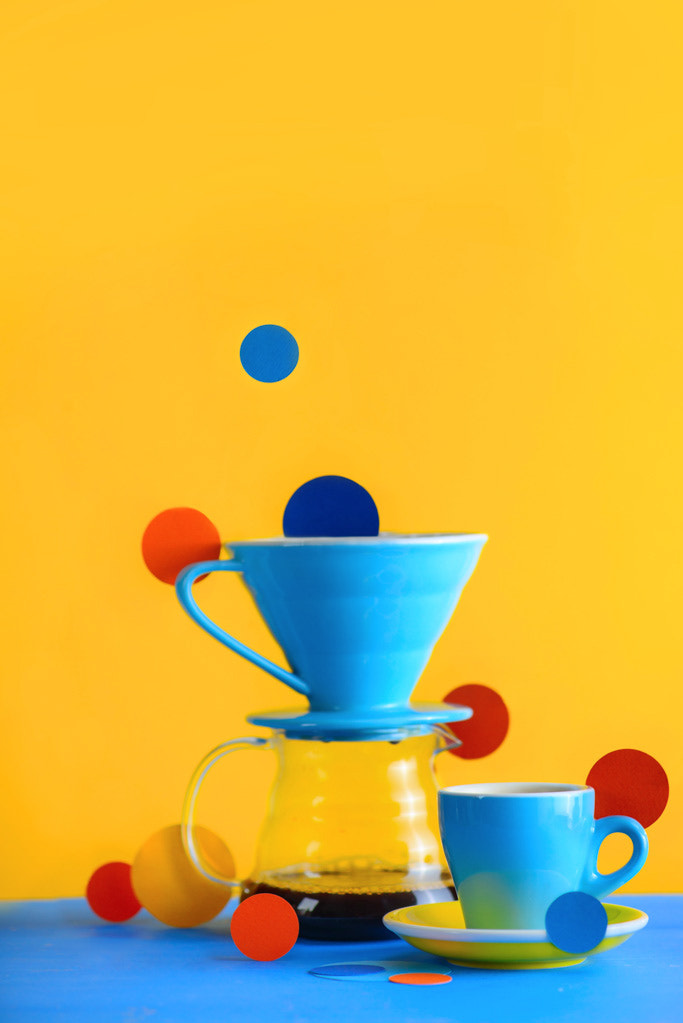
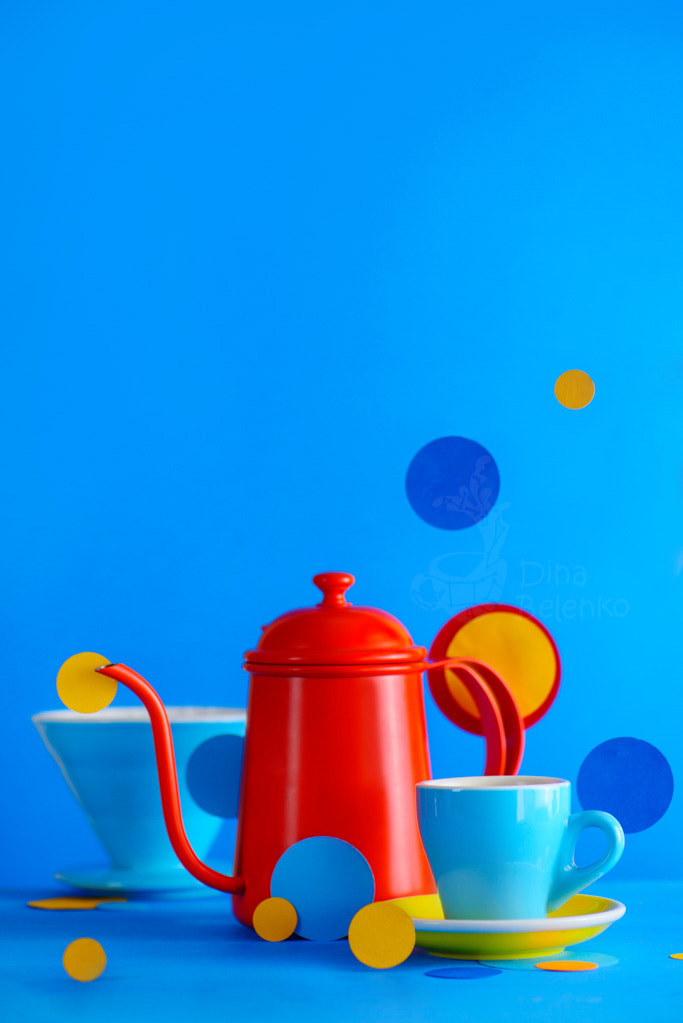
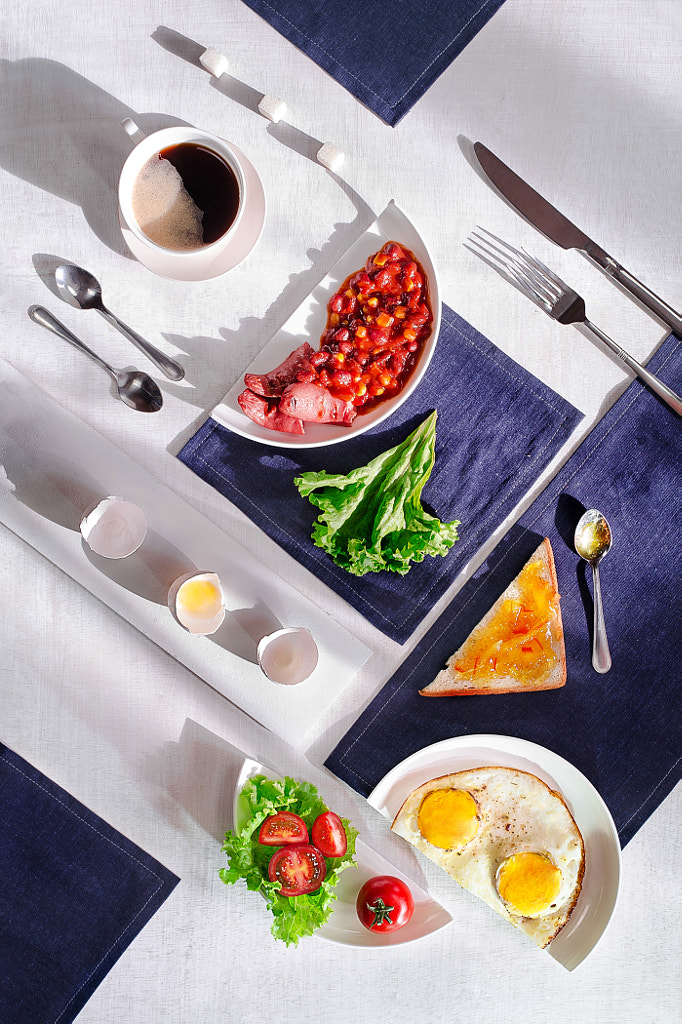
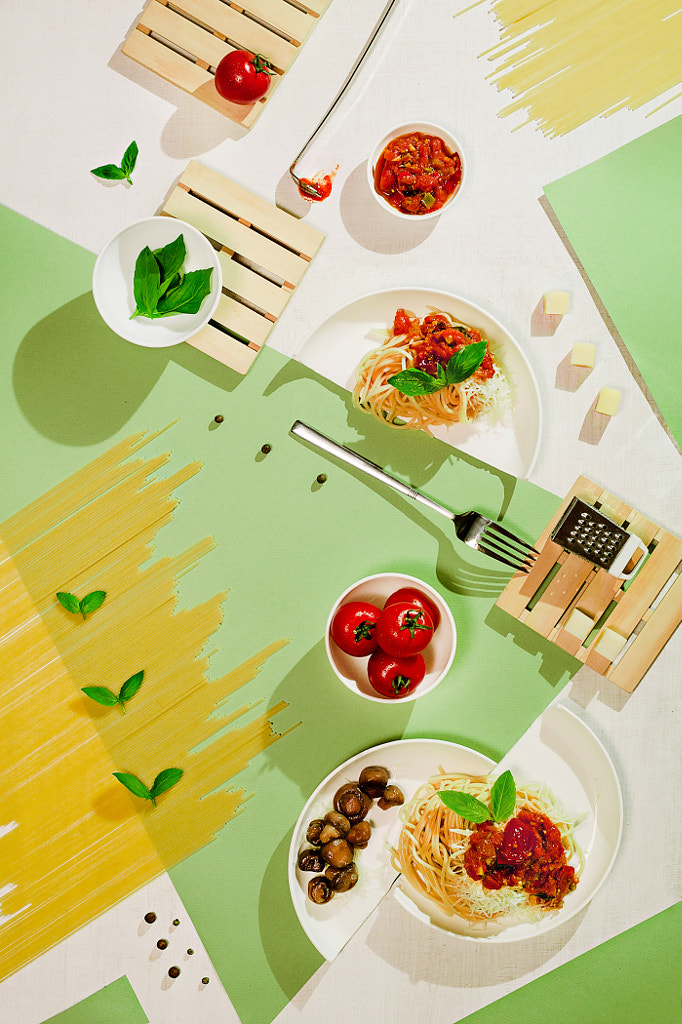

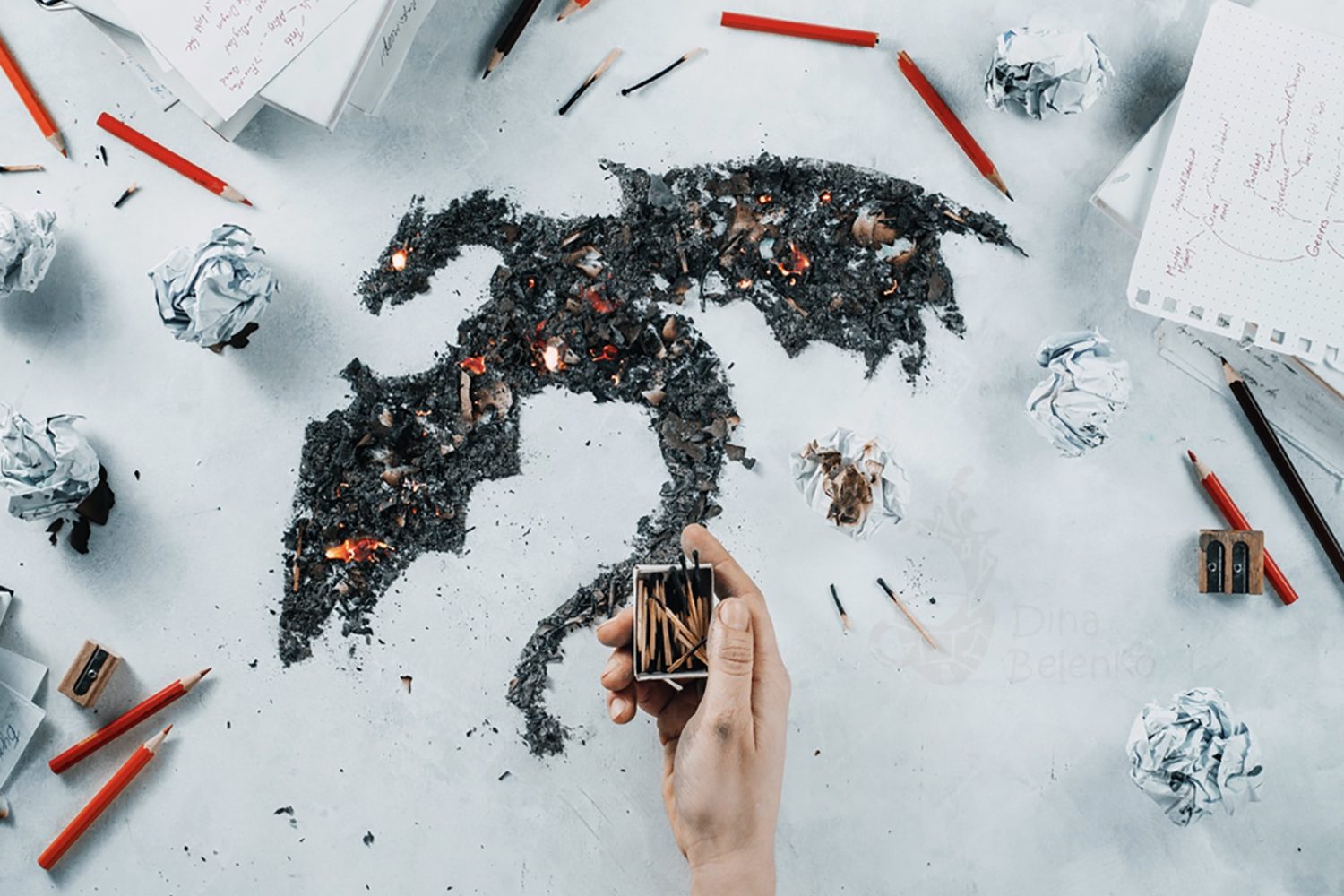

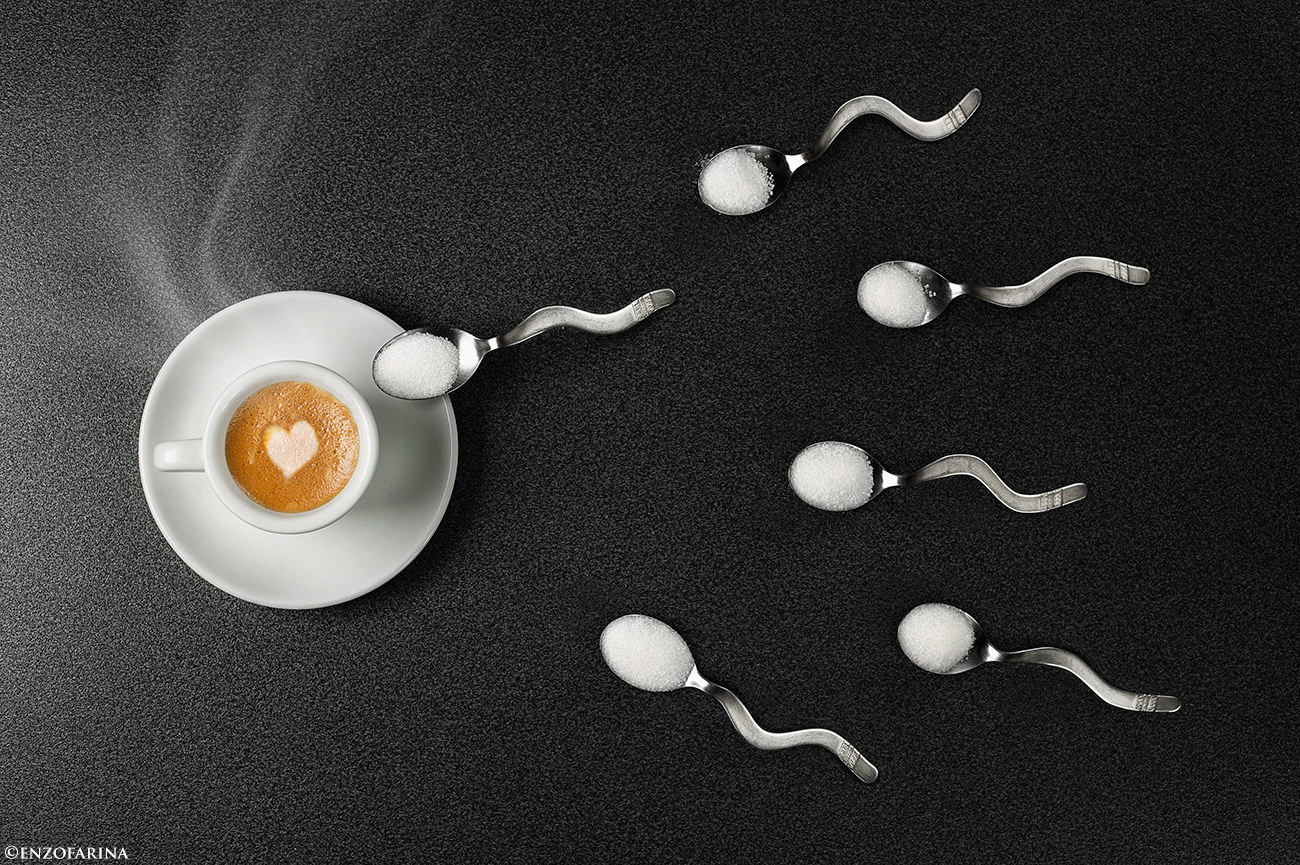
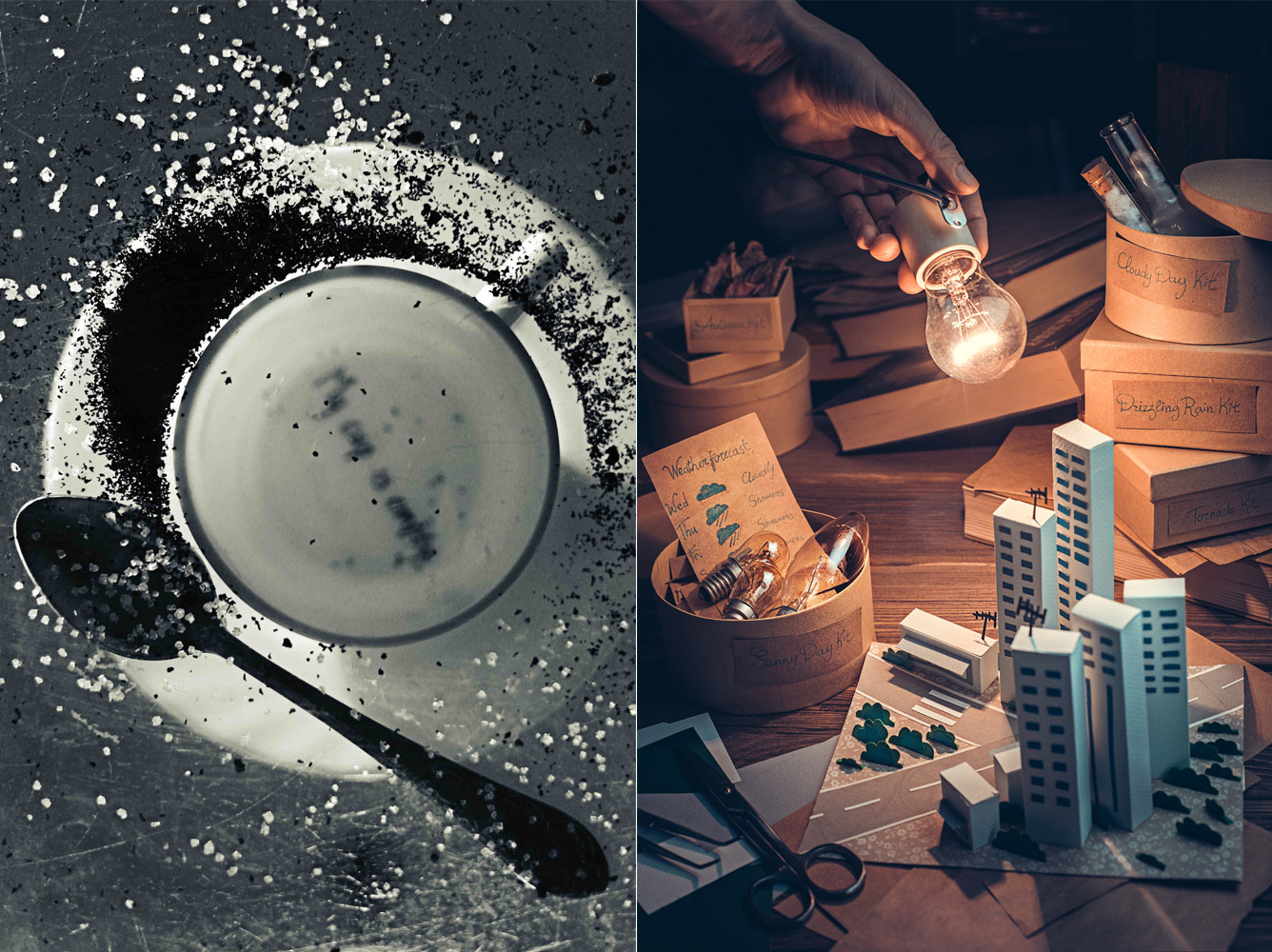
Leave a reply